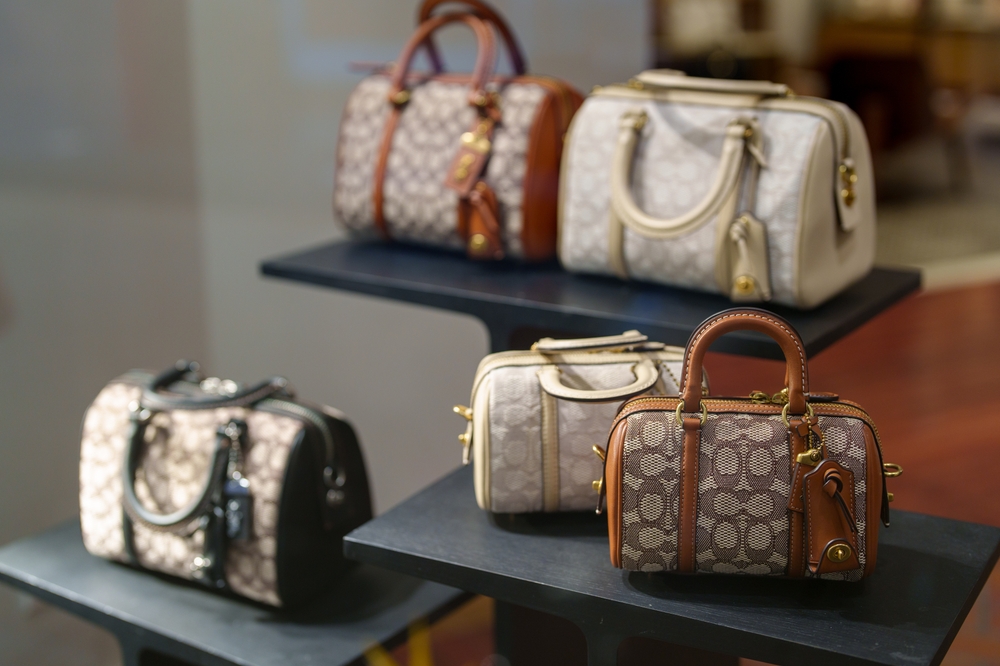
We all like to treat ourselves now and then, but some luxury purchases can quietly drain your finances. What seems like a smart splurge today can become a regret tomorrow. Financial traps often hide behind high price tags and promises of status or convenience. These expenses are easy to justify in the moment, but can have long-term impacts on your budget and savings goals. Before you swipe your card, it’s worth asking if these luxury purchases are really adding value—or just leading you into a financial trap.
1. High-End Cars
Luxury cars are a classic financial trap. The appeal of sleek design, powerful engines, and advanced features is strong. But the reality is that high-end vehicles lose value quickly, often depreciating by thousands of dollars the moment you drive them off the lot. Maintenance and insurance costs are also much higher than for standard models. Over time, these extra expenses can eat into your savings, making luxury cars one of the most common financial traps for car lovers.
2. Designer Clothing and Accessories
It’s tempting to splurge on designer handbags, shoes, or suits. While these items can boost your confidence, they rarely hold their value. Fashion trends change fast, and what’s “in” today could be out of style next season. Most designer items also require special care, adding to their long-term cost. Unless you’re buying with the intention to resell rare items, high fashion is often just an expensive financial trap.
3. Luxury Watches
Many people see luxury watches as investments, but most models don’t appreciate over time. The secondary market is flooded with similar products, driving prices down. Servicing and insuring a luxury watch can also be surprisingly expensive. Unless you’re an expert collector, buying high-end timepieces is likely to be another financial trap rather than a wealth builder.
4. Upscale Home Appliances
Premium kitchen gadgets and smart home tech sound appealing, but they often come with steep price tags and ongoing costs. Repairs, proprietary parts, and software updates can add up. In many cases, mid-range appliances offer nearly the same performance and reliability for much less. Before upgrading, ask yourself if the extra features are truly necessary—or if you’re falling into another financial trap.
5. Private Club Memberships
Country clubs, exclusive gyms, and private lounges market themselves as lifestyle upgrades. The reality: hefty initiation fees, annual dues, and hidden charges. If you’re not using the facilities regularly, the cost per visit skyrockets. Many people sign up with good intentions but end up trapped in contracts that are hard to break. These memberships can quietly sabotage your financial goals.
6. Exotic Vacations
Travel can be enriching, but luxury resorts, first-class flights, and guided tours add up fast. It’s easy to underestimate the true cost of exotic vacations, especially when factoring in meals, tips, and activities. Once the trip is over, you’re left with memories—but also a lighter wallet. Frequent luxury travel is a classic financial trap that can keep you from reaching bigger savings milestones.
7. High-End Electronics
Flagship smartphones, top-tier laptops, and premium headphones are tempting upgrades. However, tech depreciates quickly as new models are released every year. Extended warranties, accessories, and repairs can also sneakily increase the total cost. For most people, mid-range devices offer more than enough functionality without becoming a financial trap.
8. Fine Dining Experiences
Occasional splurges on gourmet meals are fine, but making it a habit can be costly. Tasting menus, wine pairings, and service charges at upscale restaurants can blow through your dining budget in one night. Over time, these expenses add up, especially if you’re trying to keep up with friends or social circles. Fine dining is an easy financial trap if you’re not mindful of how often you indulge.
9. Timeshares
Timeshares are often marketed as affordable ways to enjoy luxury vacations, but they’re notorious financial traps. Maintenance fees, special assessments, and booking restrictions can make them more trouble than they’re worth. Reselling a timeshare is difficult and often results in a financial loss.
How to Avoid Falling Into Financial Traps
The best way to avoid financial traps is to question whether a purchase truly improves your life or just your image. Look beyond the marketing and consider the long-term costs. Ask yourself: Would this money be better spent elsewhere, or even saved for future goals? Remember, luxury purchases are rarely as satisfying in the long run as financial stability and peace of mind.
If you’re unsure, seek advice from trusted sources or financial advisors. Ultimately, being honest about your motivations and priorities is the best defense against falling into financial traps.
Have you ever made a luxury purchase that turned out to be a financial trap? Share your story or tips in the comments below!
What to Read Next…
- 10 Smart Purchases That Are Slowly Making You Broke
- 8 Things Rich People Never Finance And You Shouldn’t Either
- 5 Home Investment Plans That Legal Experts Say To Avoid
- 7 Hidden Fees That Aren’t Labeled As Fees At All
- 10 Ways You’re Wasting Money Just Trying To Keep Up Appearances
The post 9 “Luxury” Purchases That Turn Out to Be Financial Traps appeared first on The Free Financial Advisor.







